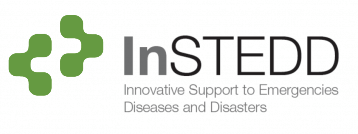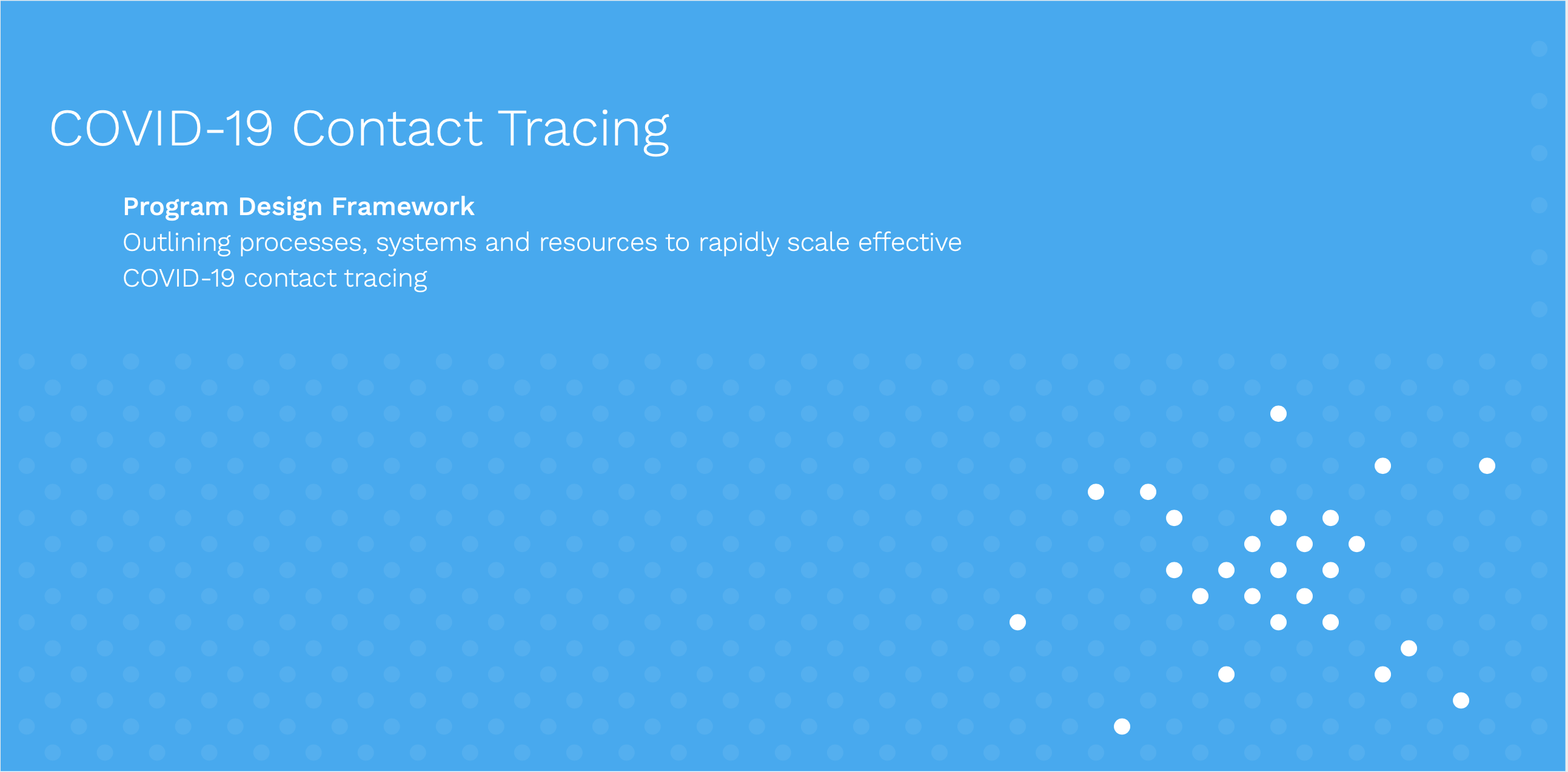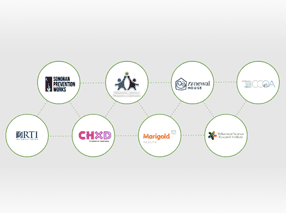mHealth for HIV Treatment & Prevention: International AIDS Conference 2012
At InSTEDD, we’ve been busy collecting evidence on the use of mHealth tools for HIV treatment and prevention. We presented some of our findings at last week’s International AIDS Conference in Washington, DC. We were among dozens of presenters that brought scientific evidence to demonstrate that the promise of mHealth is becoming a reality. However, it’s a cautious tale… with a long way to go until mHealth truly meets the needs of key populations who are most in need of HIV treatment and prevention services, such as pregnant women, men who have sex with men, and injection drug users.
You can watch our talk below:
To summarize our presentation, we critically assessed scientific evidence from scholarly journals, organizational reports, and other gray literature to determine whether or not mHealth tools were really making a difference in rolling out the scientific advancements of the last 20 years to the people who need it most around the world. There is a little evidence that mHealth could improve linking people who test positive for HIV to support services, getting laboratory CD4 screenings, and starting antiretroviral therapy. There is very good evidence that mHealth was successfully supporting people to take their antiretroviral medications everyday, consistently. Most of the studies were, however, only related to short-term pilot projects and really rarely used mHealth tools to support services for key populations who are most impacted by the epidemic, such as men who have sex with men, sex workers, and women.
To give credit where credit is due, this is an initiative of the Health Informatics Public Private Partnership and funded by PEPFAR. Access our mHealth library on Mendeley to see the evidence on mHealth & HIV for yourself.





